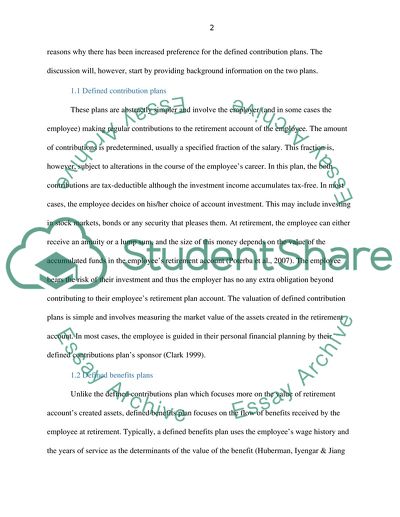Cite this document
(“Institutional Investment Essay Example | Topics and Well Written Essays - 2000 words - 1”, n.d.)
Institutional Investment Essay Example | Topics and Well Written Essays - 2000 words - 1. Retrieved from https://studentshare.org/finance-accounting/1669313-institutional-investment
Institutional Investment Essay Example | Topics and Well Written Essays - 2000 words - 1. Retrieved from https://studentshare.org/finance-accounting/1669313-institutional-investment
(Institutional Investment Essay Example | Topics and Well Written Essays - 2000 Words - 1)
Institutional Investment Essay Example | Topics and Well Written Essays - 2000 Words - 1. https://studentshare.org/finance-accounting/1669313-institutional-investment.
Institutional Investment Essay Example | Topics and Well Written Essays - 2000 Words - 1. https://studentshare.org/finance-accounting/1669313-institutional-investment.
“Institutional Investment Essay Example | Topics and Well Written Essays - 2000 Words - 1”, n.d. https://studentshare.org/finance-accounting/1669313-institutional-investment.


